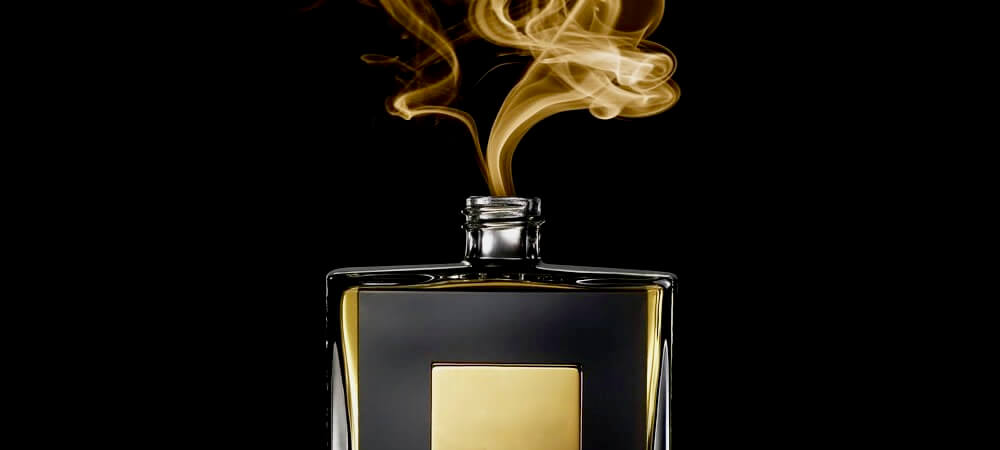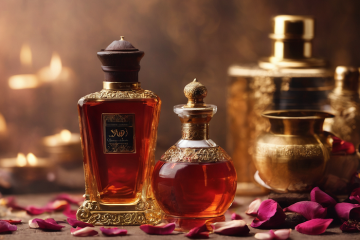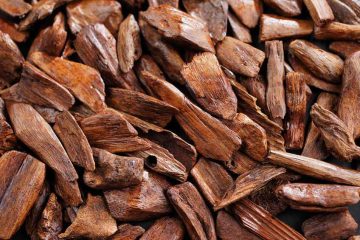In the realm of fragrances, Oud has emerged as a captivating choice, adding a touch of exotic allure to perfumes and skincare products. However, amidst the aromatic charm, a crucial question lingers: Is Oud bad for you? Let’s delve into the intricate world of Oud, exploring its composition, potential health impacts, and the delicate balance between pleasure and precaution.
The Allure of Oud Perfumes
The fascination with Oud perfumes lies not only in their enchanting scents but also in the rich history that accompanies this aromatic treasure. As Oud gains popularity, many find themselves drawn to its unique charm. But behind the allure, there’s a need for scrutiny – is the captivating fragrance masking potential health concerns?
Understanding Oud Composition
Oud, derived from the Aquilaria tree, boasts a complex composition of aromatic compounds. These include sesquiterpenes, responsible for the distinctive scent. However, within this complexity, concerns arise about the impact of these compounds on our health. Are we breathing in more than just a pleasant aroma?
Oud and Skin Sensitivity
For those with sensitive skin, the enchantment of Oud may come with a cost. Allergic reactions to Oud are not uncommon, prompting a closer look at its compatibility with various skin types. As we explore the potential risks, it becomes imperative for individuals with sensitive skin to tread cautiously.
Oud and Respiratory Health
Inhaling the alluring fragrance of Oud can be a double-edged sword, especially for those with respiratory conditions. Understanding the risks associated with Oud exposure and taking necessary precautions is vital. This section aims to shed light on potential respiratory concerns and how to navigate them.
Regulatory Standards and Oud
Unlike other fragrance ingredients with established safety guidelines, Oud operates in a regulatory grey area. This raises questions about the need for standardized testing and clearer labeling in the beauty industry. How can consumers make informed choices without transparent regulations?
Oud in Traditional Medicine
Traditionally, Oud has found a place in various cultures for its purported health benefits. But do these historical uses stand up to modern scientific scrutiny? Exploring the intersection between tradition and evidence-based practices is crucial for a comprehensive understanding of Oud’s impact on health.
Oud in Pregnancy and for Children
Concerns loom over the use of Oud during pregnancy and its potential risks for children. This section addresses these concerns, providing insights into the delicate balance between enjoying Oud and safeguarding the health of expectant mothers and children.
Debunking Oud Myths
Separating fact from fiction is imperative when it comes to Oud. Debunking common myths surrounding Oud sheds light on the realities and helps readers make informed decisions about their fragrance choices. Are the concerns justified, or are they mere misconceptions?
Oud Alternatives and Safer Choices
For those wary of potential risks, exploring Oud-free alternatives becomes crucial. This section offers insights into natural fragrance alternatives, allowing readers to enjoy delightful scents without compromising their health-conscious choices.
The Verdict: Balancing Pleasure and Precaution
As we navigate the labyrinth of Oud’s potential effects on health, a verdict emerges. Readers are encouraged to consider the discussed points, weigh the risks, and make choices aligned with their health priorities. Balancing the pleasure of Oud with precautionary measures ensures a harmonious coexistence.
Unveiling Oud’s Aromatic Secrets
In our quest to understand whether Oud is bad for you, it’s evident that the answer is nuanced. The aromatic allure of Oud comes with complexities and considerations. Whether you revel in its captivating fragrance or opt for Oud-free alternatives, the key lies in making informed choices tailored to your well-being.



